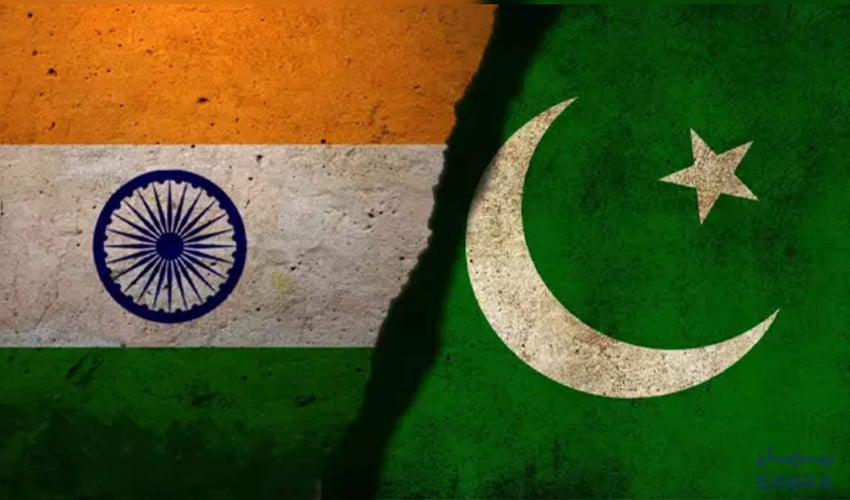It’s a line you hear repeated so often, it’s practically become background noise: India boasts the cheapest mobile data on earth. You can almost picture officials rehearsing it—that snappy $0.17 per gigabyte figure. It’s their trump card, the gleaming symbol they hold up to the world as proof that a modern, digital superpower has truly arrived on the stage. It’s a terribly effective piece of marketing, one must admit.
The only snag is that, for a vast swathe of the Indian population, it is a cruel fiction.
When you stop measuring in absolute cents and start measuring affordability against what people actually earn, the entire narrative collapses. That cheap data is, in fact, costlier for an Indian citizen than for their counterparts in Britain, France, Spain, and even China. In a nation where millions subsist on what amounts to a few quid a day, even the most basic digital access becomes a luxury good, a choice weighed against a meal or transport to work. This isn’t a digital revolution; it’s a statistical mirage, a hollow boast that masks the profound economic insecurity faced by a significant portion of its 1.4 billion people. A government that celebrates this figure isn’t highlighting progress; it’s highlighting its own disconnect from the reality on the ground.
This chasm between a triumphant narrative and a fragile economic reality isn’t a one-off. It’s a systemic issue, and nowhere is the danger more apparent than in India’s high-stakes, and frankly deteriorating, trade relationship with the United States.
Whilst New Delhi projects an image of a confident global player navigating a multi-polar world with ease, behind the scenes, a potential economic catastrophe is brewing. Talks with the US, its largest trading partner, are reportedly on life support. This isn’t some minor diplomatic squabble. A collapse in negotiations could see Washington impose crippling tariffs of up to 26% on Indian goods.
So, let’s be brutally honest about what this actually means. This isn’t some line on a spreadsheet; it’s a hammer blow aimed squarely at India’s already struggling factories. It guts the entire promise of the ‘Make in India’ campaign. You’re talking about supply chains snapping, factory gates being padlocked, and a wave of job losses that would be felt across the country. And as for international investors? The confidence that was already worn thin by India’s notorious red tape would vanish, likely triggering a stampede of money out of the country just when it needs it most.
The grand story of India as the world’s next great economic engine starts to look terribly fragile when its most vital trade link is threatened by its own diplomatic intransigence. One cannot claim to be a rising power whilst sleepwalking towards a trade war with a partner that accounts for nearly a fifth of your exports.
What we are witnessing is a government seemingly intoxicated by its own headlines. The domestic economy is propped up by PR and misleading statistics, while its foreign economic policy appears guided more by nationalist hubris than by pragmatic calculation. Both issues stem from the same root cause: a preference for a flattering narrative over sound, sustainable policy. The focus is on crafting an image of strength, rather than building the foundations of it.
This approach is not only misguided but also reckless. An economy built on hollow boasts and diplomatic brinkmanship will not last. It is a house of cards. The world, and more importantly, the Indian people, must start asking how long a nation can run on rhetoric before the harsh realities of economics demand a reckoning.














